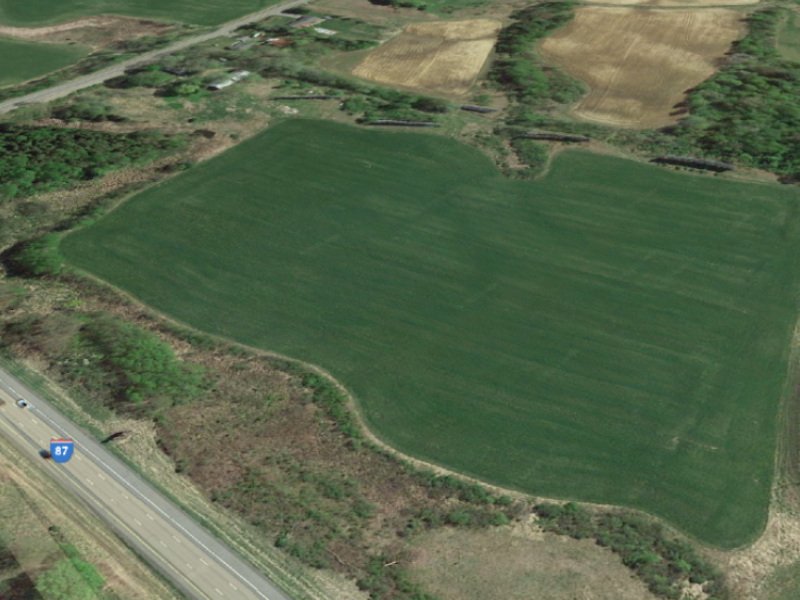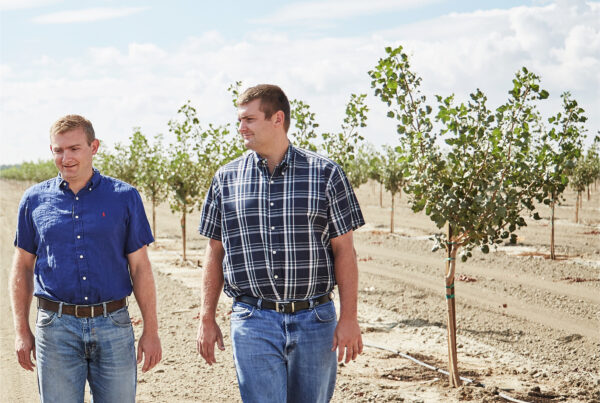Sustainable PR’s principal was recently quoted in an article published in Foothills Business Daily.
There’s a well-worn expression that all politics is local, and nowhere is that truer than when it comes to sustainable energy projects.
Despite aggressive goals set by both New York State and the federal government, the rollout of solar-powered energy solutions continues to proceed at a frustratingly slow pace according to local companies in the field.
“We always move forward in fits and starts in the solar industry,” says David Byrne, CEO of Renua Energy in Glens Falls, a company that develops solar energy projects for communities. He describes the process as riding the “solar coaster.”
When it comes to renewable energy projects like community solar, there are many potential benefits to be gained, say those who promote it.
Landowners, who are often farmers, receive money for land that is generally not useable; municipalities generate new tax revenues that can be reinvested in the local communities; and residents who purchase their energy from these projects typically receive 10% off their monthly electric bills.
Make You Smarter
So why then is community solar not more widely embraced?
“It primarily concerns the visual impact on the community,” says Byrne. Rural communities, whose scenic views are fundamental to their residents’ quality of life and, in some cases, the local tourist economy, are resistant to having solar panels dotting the landscapes of their villages and towns.
The Town of Wilton recently considered a $10,000-per-acre fee to slow the growth of solar arrays citing the “aesthetic” of the panels, the Times Union said.
[Read that story here.]Ticonderoga in Essex County saw two solar arrays approved in 2020 and 2021. Some people worried over the view or the loss of farmland, according to a story in the Adirondack Explorer.
[Read that story here.]Chris Stroud, Chief Operating Officer of Cipriani Energy, a solar developer based in Colonie, understands this concern but argues that these projects have much less of a community impact than other alternatives, such as sub-dividing the land for commercial or residential development.
“If I were a neighbor, I’d rather see acreage in non-reflective solar panels that just sit there. There’s no traffic, no noise. Construction is a few months and then 25 years of quiet.”
The solar debate is being played out across New York State including in the town of Moreau where Renua currently has two proposed projects.
According to Byrne, the Moreau projects not only meet the infrastructure requirements to be considered viable, but they also benefit from screening that makes them less visible. He says that one proposed site has 330 degrees of natural screening and the other benefits from 270 degrees of screening via five billboards adjacent to the Northway and would likely be positioned between the billboards and the Northway between Exits 16 and 17 on the northbound side. Another location is near a transfer (garbage) station, he said.
“We have been at this for three years [in the town of Moreau],” says Byrne. “It’s been disappointing to see the town board’s unwillingness to support smart community solar. But I’m an optimist. I think it will happen. It’s just a question of when.”
Town officials did not respond to requests for comment on the status of these proposed projects.
Galway is considering a moratorium on solar arrays, according to a story in the The Times Union last month. Another story details the efforts of environmental advocates in Washington County who are pushing back over the potential harm to bird hunting grounds, the Times Union said.
[Read about Galway here and about Washington County here.]Cipriani currently has 17 projects in development in New York State – three are nearly complete, three are fully permitted including one in Essex County, and 11 more are in various stages of the permitting process. But getting that far has not been easy.
“To obtain 17 projects, we had to screen thousands of parcels and approach hundreds of landowners. We may have 400 to 500 properties under consideration at any one time. [Community solar] is a high-risk form of investment,” says Stroud.
Short of state and federal mandates, the key to accelerating the transition to renewable energy may be a change in mindset.
“Communities need to reconcile the short-term discomfort of having these visible projects with the long-term benefit of protecting themselves from climate change,” says Tony Defazio, principal at the Glens Falls based firm Sustainable PR. “The faster we reduce carbon, the more secure our future is going to be.”





